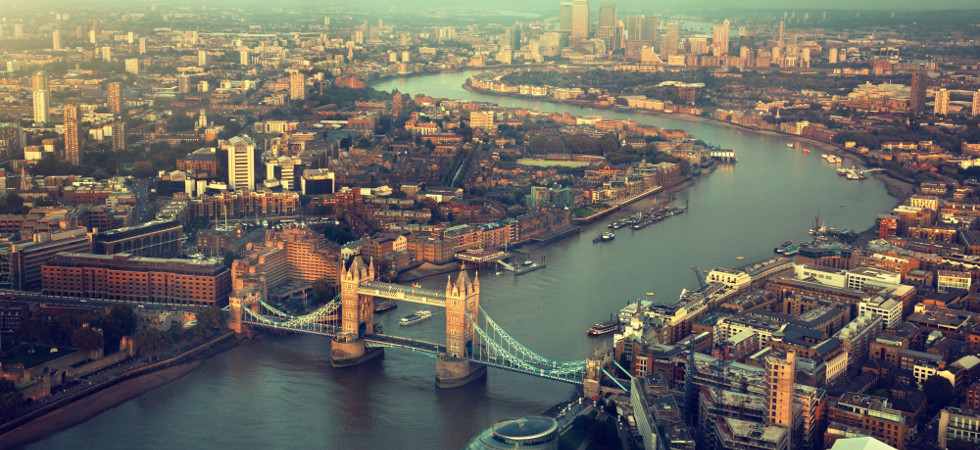Recently released images of the new Crossrail stations offer a reminder that this huge infrastructure project is close to completion.
Parts of the route – which will be known as the Elizabeth Line – will open in 2018, with the final section set to begin service in 2019, a full ten years after work first began.
The £15 billion project aims to greatly improve east/west links in London, changing the nature of transport in the capital.
Yet that change has a knock-on effect beyond mere stops on a train line. By boosting transport links in the capital, the impending arrival of Crossrail has made parts of London more desirable. What, then, does this mean for the property market?
Prices have already risen as a result of Crossrail
The numbers are there for all to see. As The Telegraph reported in March, house prices along the new Crossrail route have increased in price by 52 per cent since construction began. The sharpest growth – in places such as Ealing in the west and Forest Gate in the east – has topped 60 per cent.
There have also been a number of instances of commercial and residential regeneration projects sparked into life by the impending arrival of Crossrail. Many destinations will not just be better served, they will also be better resourced too – making proximity to the new stations a plus point to look out for when browsing the likes of propertylistings.ft.com.
The calm before the storm?
Yet you could argue that, even before a single train has carried a passenger along the route, Crossrail’s ship has sailed for investors. A shrewd investor probably needed to have acted before now to ride the wave of growth already experienced in and around the new stations.
The number of homes sold within 1km of an Elizabeth Line station has actually fallen, according to the latest figures. It has been suggested that many people in possession of these prime properties are less willing to sell, preferring to sit tight and cash in on a second rush once the services actually begin.
Should you wait for Crossrail 2?
The Telegraph is already pondering whether or not it is too early to make money from Crossrail 2. This follow up project would link Surrey to Hertfordshire, again passing across Central London. The paper finds that interest is already building in and around the proposed stations for this route.
That doesn’t mean that the door is shut on Elizabeth Line, though. Places such as Gidea Park – the Romford Garden Suburb – still have average property prices of about £277,000 with room to grow further still. A commute from there to Canary Wharf will be slashed by ten minutes each way, while a direct train to Paddington will take just 40 minutes, down from around an hour at the moment.
Further afield, Reading currently has an average house price of £300,000 and will soon have a direct route into Central London to boast to investors. It might well be places such as this, on the edges of the line, where the best investment opportunities still rest.






















